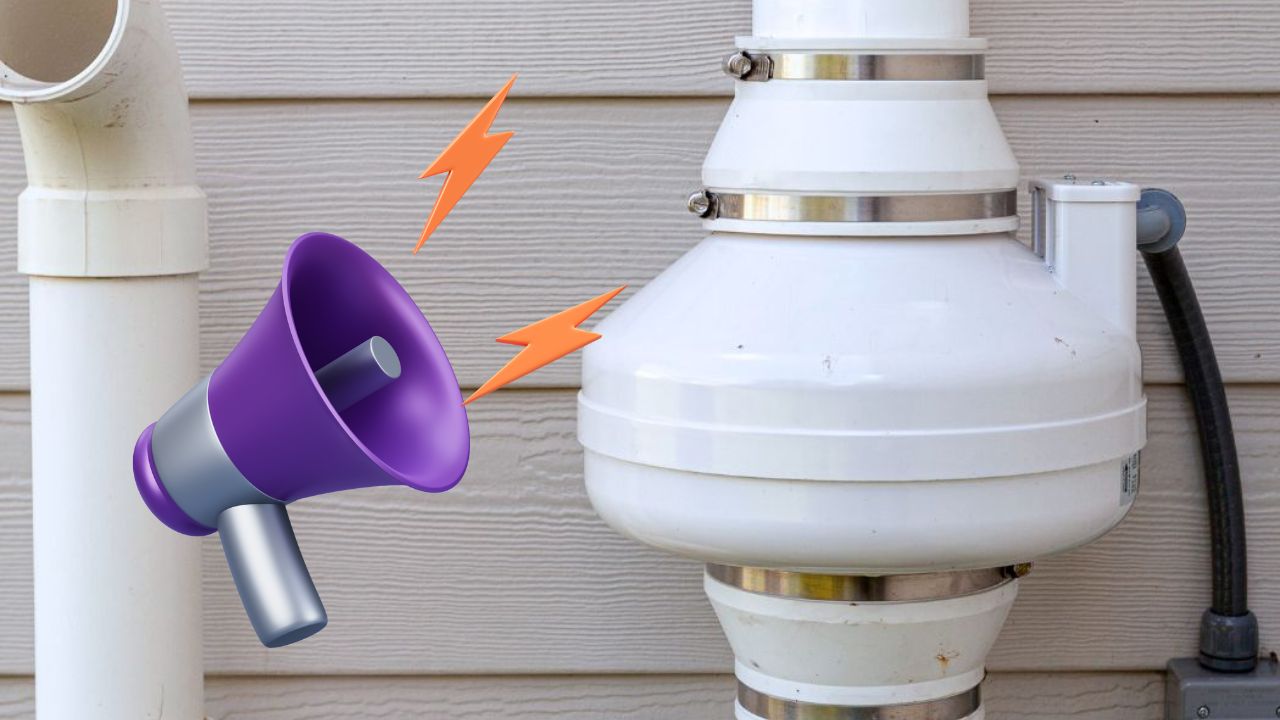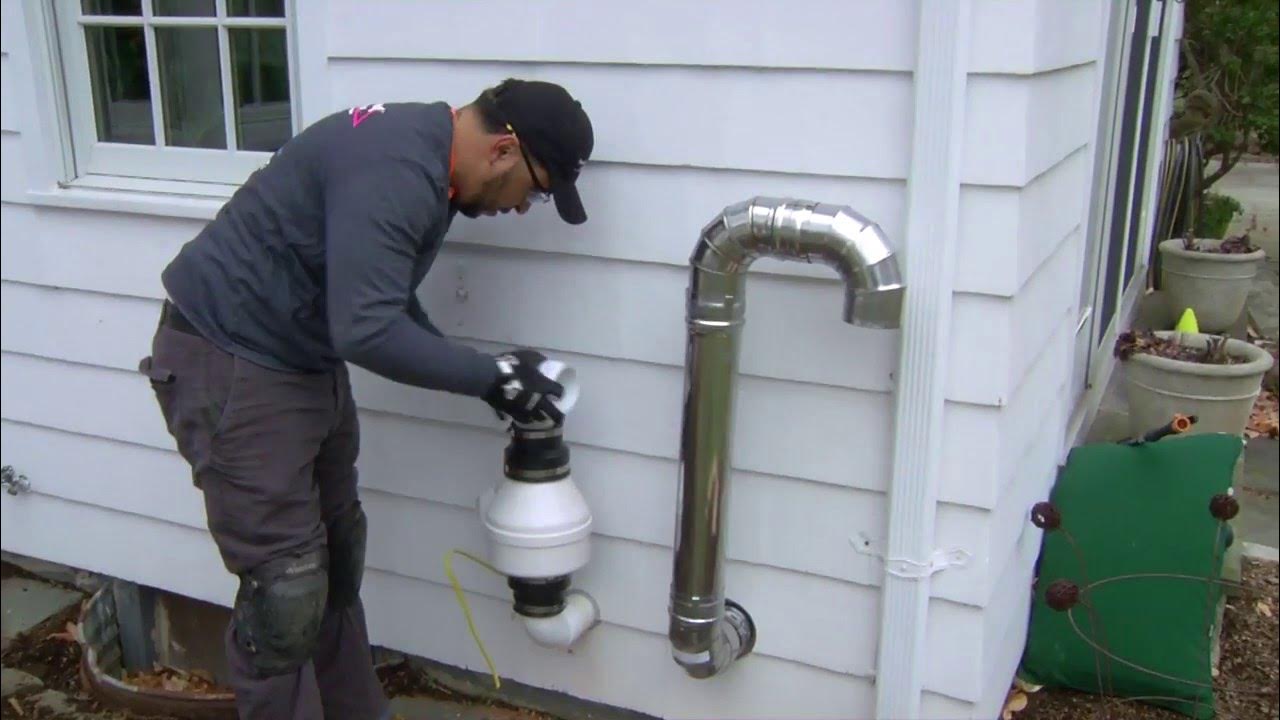Radon mitigation systems are essential for reducing radon gas levels in homes and buildings, ensuring a safer living environment. However, a common concern among homeowners is whether these systems generate noise. In this article, we will delve into the various aspects of radon mitigation systems, focusing on the noise factor and what can be done to minimize it.
Table of Contents
Understanding Radon and the Need for Mitigation
What is Radon?
Radon is a naturally occurring radioactive gas that can be found in soil, rock, and water. It is colorless, odorless, and tasteless, making it undetectable without specialized equipment. Prolonged exposure to high levels of radon can lead to serious health issues, including lung cancer. Therefore, mitigating radon levels in homes is crucial for health and safety.
How Do Radon Mitigation Systems Work?
Radon mitigation systems are designed to reduce radon levels by venting the gas from beneath the home to the outside atmosphere. The most common type of system is the sub-slab depressurization system, which involves installing a vent pipe system and fan to draw radon from beneath the house and expel it outside.
Noise Concerns with Radon Mitigation Systems
Do Radon Mitigation Systems Make Noise?
The short answer is yes, radon mitigation systems can produce noise. However, the level of noise largely depends on several factors, including the type of system, the quality of installation, and the specific components used.
Sources of Noise in Radon Mitigation Systems
- Fan Noise: The primary source of noise in a radon mitigation system is the fan. The fan is essential for creating the suction needed to draw the radon from beneath the home and vent it outside. The noise generated by the fan can vary depending on its size, speed, and location.
- Airflow Noise: Another source of noise can be the movement of air through the pipes. As air flows through the vent pipes, it can create a whooshing sound, particularly if the pipes are not properly insulated or if there are bends and turns in the piping system.
- Vibration Noise: Vibration from the fan and piping can also contribute to noise. If the system is not securely mounted, the vibration can transfer to the walls or other structures, amplifying the sound.
Minimizing Noise from Radon Mitigation Systems
Choosing the Right Fan
Selecting a high-quality, quiet fan is crucial for minimizing noise. Look for fans that are specifically designed to operate quietly. Manufacturers often provide noise ratings for their fans, which can help you choose the best option.
Proper Installation Techniques
- Location of the Fan: Installing the fan in a location that is away from living areas can significantly reduce noise levels. Attics, garages, or outside the home are common installation sites that help keep noise out of living spaces.
- Pipe Insulation: Insulating the vent pipes can help dampen the sound of air moving through the system. Foam pipe insulation or soundproofing materials can be used to wrap the pipes, reducing noise transmission.
- Mounting Techniques: Securely mounting the fan and pipes can prevent vibration noise. Use rubber or foam gaskets between the fan and the mounting surface to absorb vibrations. Additionally, using flexible connectors can reduce the transfer of vibration from the fan to the piping system.
Regular Maintenance
Regular maintenance of the radon mitigation system can also help keep noise levels down. Ensure that the fan and piping are clean and free of obstructions, as debris can increase noise. Periodic checks can also identify any loose components that might contribute to vibration noise.
Addressing Common Concerns
Is the Noise from Radon Mitigation Systems Distracting?
In most cases, the noise from a properly installed and maintained radon mitigation system is minimal and not distracting. Many homeowners report that the noise is barely noticeable, especially when the system is installed in a location away from the main living areas.
What if My System is Too Noisy?
If you find that your radon mitigation system is too noisy, there are several steps you can take:
- Consult with a Professional: A radon mitigation professional can assess your system and make recommendations for reducing noise. They might suggest relocating the fan, upgrading to a quieter fan, or adding insulation to the pipes.
- Upgrade Your Fan: If your current fan is particularly loud, upgrading to a newer, quieter model can make a significant difference. Modern fans are often designed with noise reduction in mind.
- Add Soundproofing: Adding soundproofing materials around the fan and pipes can help contain the noise. Acoustic panels, foam insulation, and other sound-dampening materials can be used effectively.
Conclusion
Radon mitigation systems are vital for maintaining safe indoor air quality, but concerns about noise can be a barrier for some homeowners. Understanding the sources of noise and how to mitigate them can help ensure that your radon mitigation system operates quietly and efficiently. By choosing the right components, following proper installation techniques, and maintaining the system regularly, you can enjoy the benefits of radon reduction without the distraction of excessive noise.




